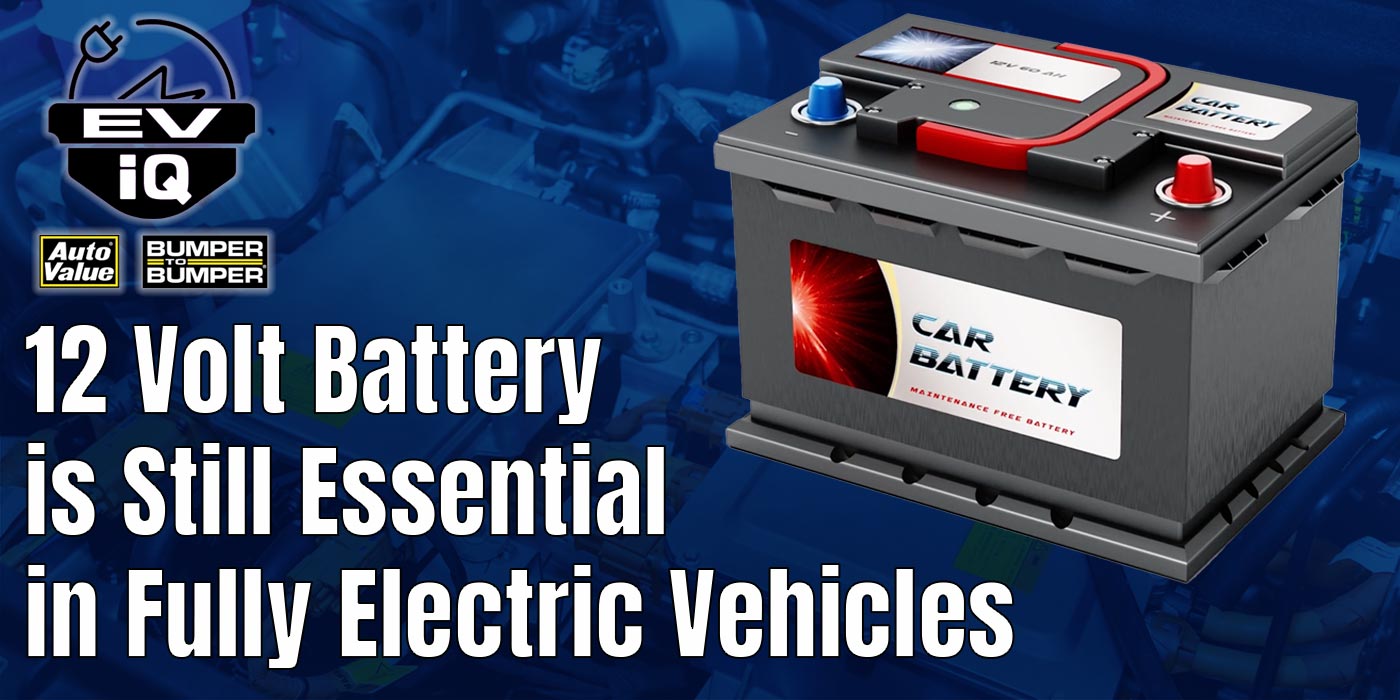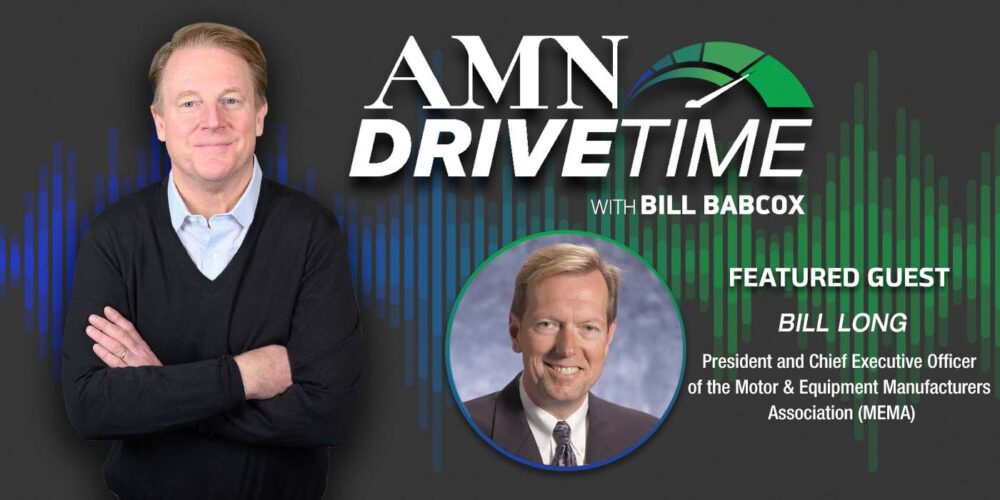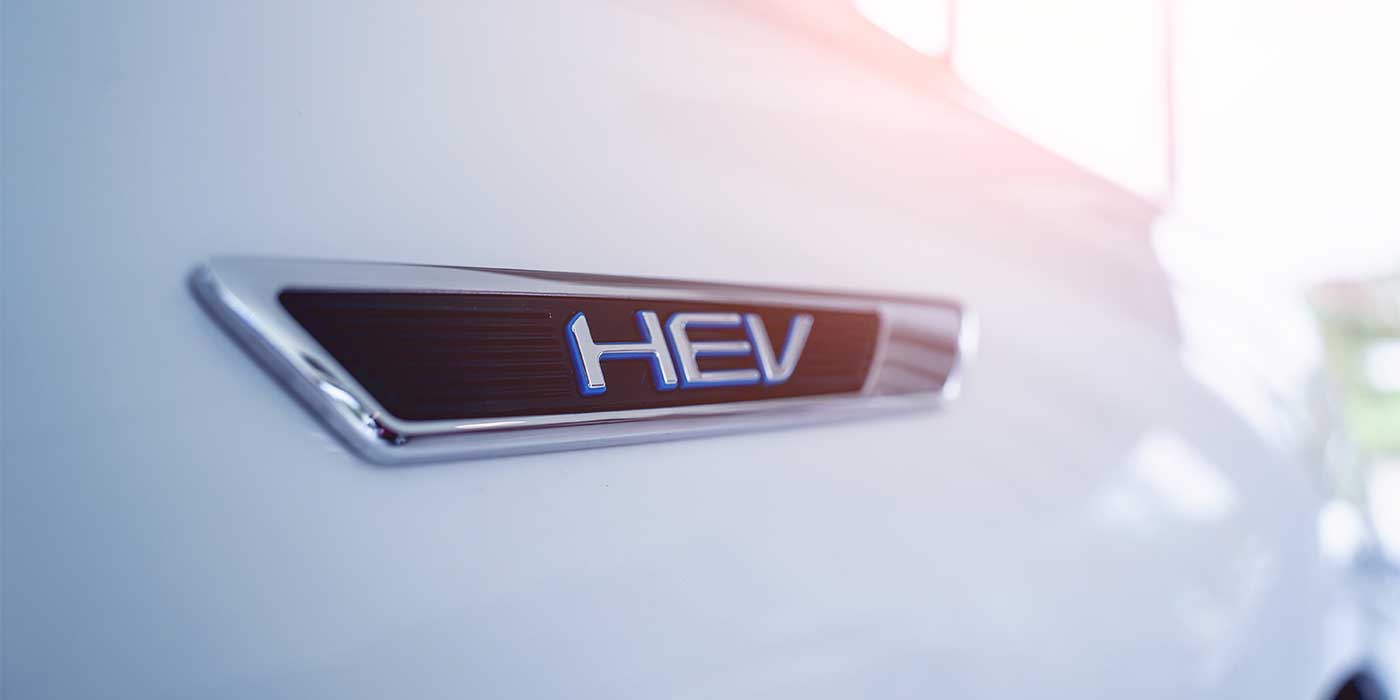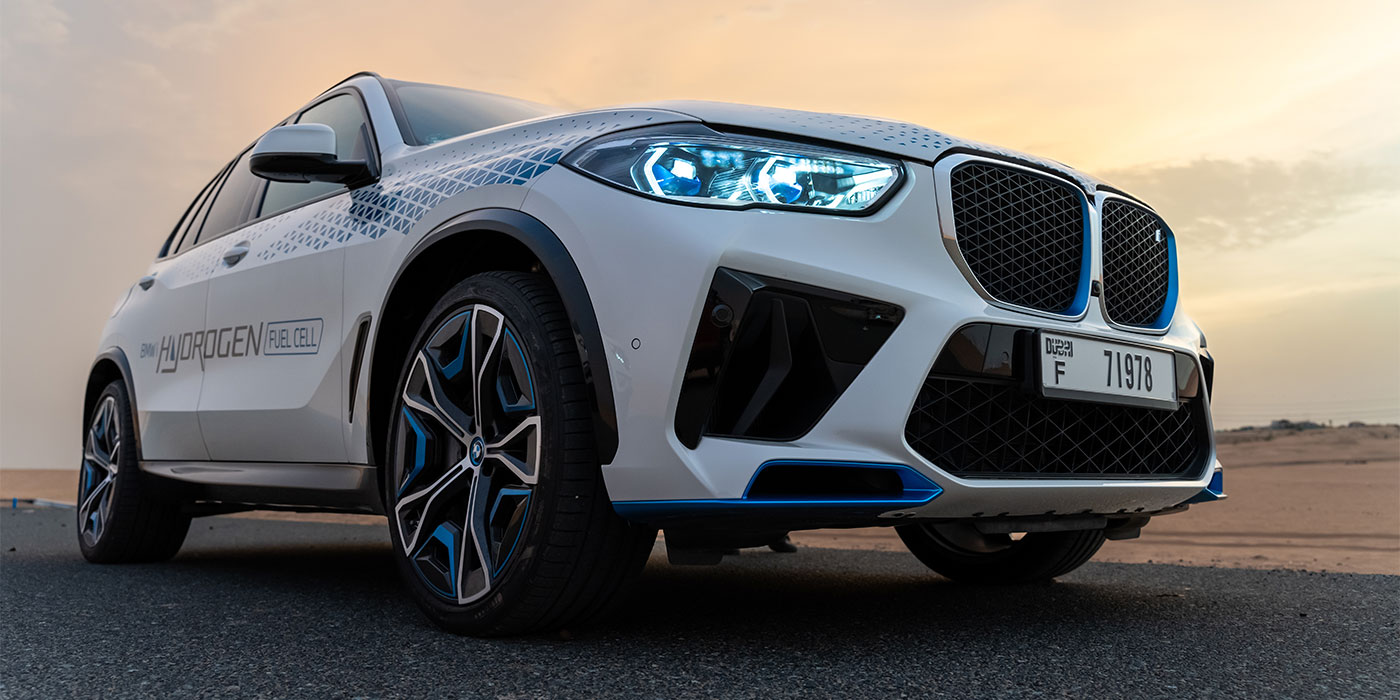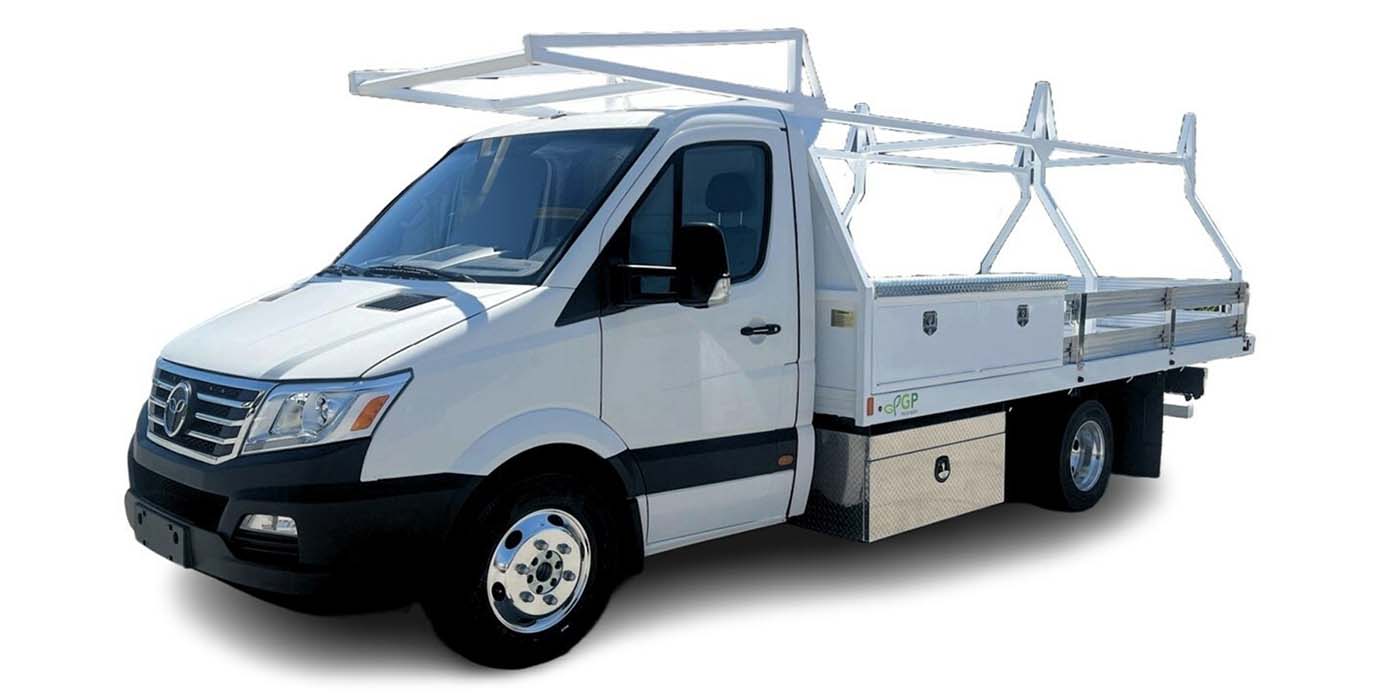Take a bird’s eye view of any of America’s city streets or highways and chances are good that it won’t be long for you to see a commercial vehicle like a delivery van or heavy-duty truck. But, chances are slim, at least as of today, that that vehicle will be a fully-electric vehicle. Very few commercial trucking fleets out there have adopted electric trucks… however, don’t let that fool you into thinking the industry isn’t interested.
The writing on the wall is right in front of our faces. Every major trucking OEM now has its version of a battery-electric truck on the market, and some manufacturers, like Volvo, are now working on their kind-of 2.0 model. Fleets are seeing this progress and are slowly but surely picking up their electrified dice and giving them a roll, believing the cost to participate will be worth the gamble.
We’ve talked before about barriers to entry in this space – things like range anxiety, infrastructure and cost – but day by day barriers like these are being removed.
Take a closer look at these extra-costly electrified trucks, and we see the future isn’t actually so expensive. In fact, according to a new study by the U.S. Department of Energy, some all-electric trucks may even reach a cost parity with their diesel equivalents by 2035.
The study says that with continued improvements in vehicle and fuel technologies, zero-emission vehicles can reach total-cost-of-driving parity with conventional diesel vehicles by 2035 for all medium- and heavy-duty vehicle classes – and that’s without incentives.
The study goes on to say that zero-emissions truck sales could reach 42% of all medium- and heavy-duty truck sales by 2030. If this should be the case, the study extrapolates that zero-emissions truck sales could reach greater than 99% by 2045, effectively reducing CO2 emissions by 69% from that of 2019.
Now, let’s put aside that bird’s eye view and look at the right now, to get an idea as to whether we’re on track for this to truly become a reality. The latest data derived from CALSTART’s Global Commercial Vehicle Drive to Zero campaign shows that total models available for zero-emission trucks and buses will have grown nearly 26% globally since 2020 by the end of this year, from 433 models to 544 models – and this is in spite of global economic and supply chain challenges brought on by COVID.
That’s the good news. The bad news is that the U.S. is falling far short of what is needed in terms of sales if we hope to reach our ambitious goal of 30% zero-emission truck and bus sales by 2030 and 100% zero-emission sales by 2040.
In fact, CALSTART goes on to say that in order to reach the 30% zero-emission truck and bus sales target by 2030, the United States would have to leap from fewer than the approximately-5,000 zero-emission trucks and buses in the nation to a sales target of 593,303 zero-emission medium-and heavy-duty vehicles by 2030.
Thankfully, the U.S. isn’t the only one working on zero-emissions logistics – we can’t forget about global efforts, especially those in China. Now, CALSTART’s data suggests the United States and Canada combined appear to rival China, considered to be the global zero-emission vehicle leader, in terms of model availability – however, keep in mind that data regarding the number of manufacturers, zero-emission vehicles on the road or just about anything else in China is limited and not always exactly factual.
From what we can tell, though, China represents the vast majority of the zero-emissions bus market globally by deployment. China far exceeds North America in adoption with an estimated over-400,000 zero-emissions buses operating in the nation, according to CALSTART data; the United States records just over 3,500 zero-emissions buses and 1,200 zero-emissions trucks in the nation, with a large portion of those vehicles on the road in California.
So, are trucking fleets on pace for widespread zero-emissions adoption? Well, time will tell if that 2035 cost parity mentioned before should truly come to fruition, and where it actually applies.

